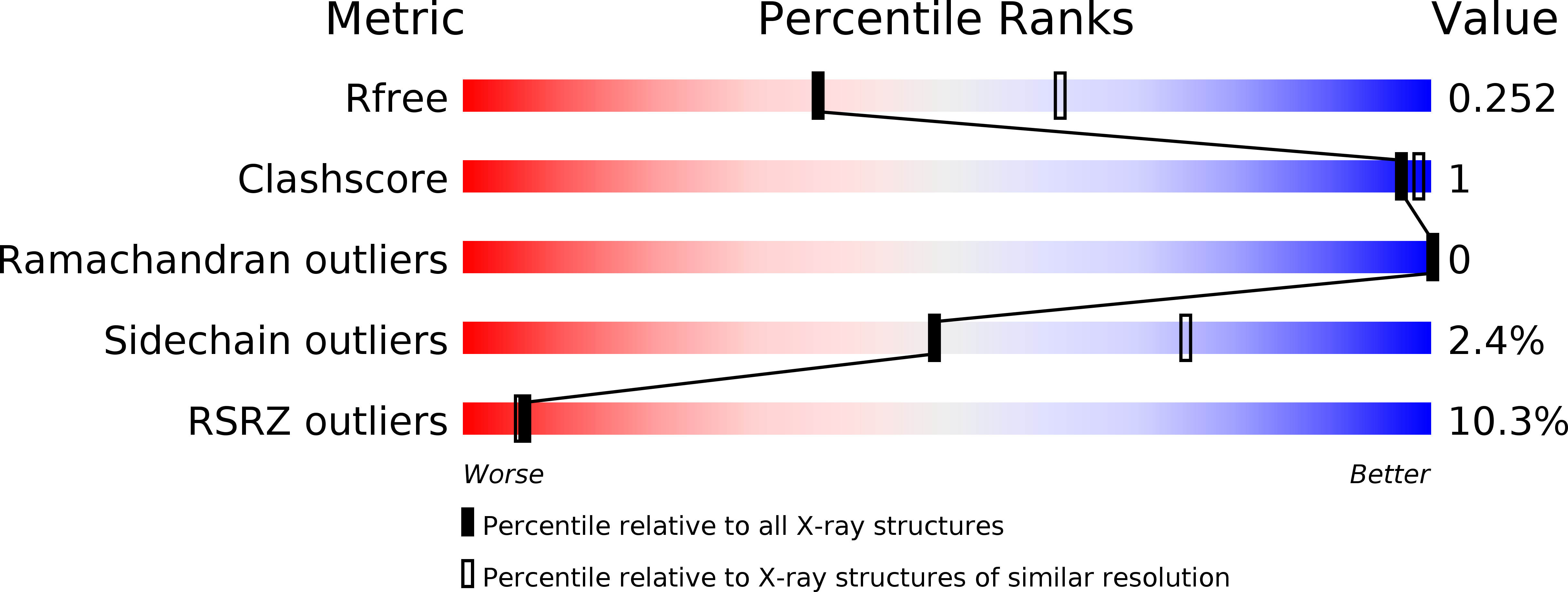
Deposition Date
2018-10-23
Release Date
2018-12-26
Last Version Date
2024-01-24
Entry Detail
PDB ID:
6HZP
Keywords:
Title:
Crystal structure of a POT family transporter in complex with 5-aminolevulinic acid
Biological Source:
Source Organism:
Staphylococcus hominis (Taxon ID: 1290)
Host Organism:
Method Details:
Experimental Method:
Resolution:
2.50 Å
R-Value Free:
0.24
R-Value Work:
0.22
R-Value Observed:
0.22
Space Group:
P 1 21 1


